When it comes to skateboarding, all you can imagine is the gravity-defying tricks, the daring flips, and the endless sense of freedom that pushes the boundaries of what’s now possible on four wheels.
There’s no doubt that this rigorous sport has recently captivated the hearts of millions of enthusiasts and skateboarders worldwide, yet one thing that often lingers in the minds of cruisers is whether or not skateboarding is bad for the knees.
Well, at a glance, the simple act of bending and straightening is the basis of everything you do on the skateboards, which means your knees contribute significantly to the whole game. Fortunately, this no longer remains an issue when you’ve got an electric skateboard that does all your workings on the remote control.
But what about those skaters complaining about knee pain or suffering from mild to severe injuries? Well, there isn’t any scientific evidence that validates electric skateboarding with knee pain but it’s the improper landing or techniques, unwanted falls, and collisions that cause the actual mishap.
So, let’s roll into the debate of whether this skateboarding adventure spells trouble for your knees or is a means to add another dimension of thrill to the ride. Luckily, you're in for a treat!
Skateboarding: A Transformative Journey from Mere Sport To An Embraced Lifestyle.
You know, electric skateboarding doesn't just pop out of nowhere. It's blown up as a fun activity for surfers to practice their moves in the sun-soaked streets of California all the way to a full-fledged sport and cultural phenomenon.
Think about how this mindful physical sport, from just being an outstanding alternative to traditional transporting mediums, has amazingly transformed mundane cityscapes into playgrounds of possibility.
From just getting some chill and smooth-flowing vibes on electric longboard to handling the technical precision of street skating, there’s insanely something for everyone to explore and carve their own… And adding the best part is that this sport brings together people from all walks of life, whether beginners or professionals. It’ just like a great way to meet like-minded people and expand your social circle.
The Efforts to promote inclusivity and diversity with programs and events aimed at breaking barriers and ensuring everyone feels accepted.
But it’s not just about the skating—whether you’re there to cheer your fellow skateboarders at the competition, learn tips at the local skateparks, or collaborate in DIY skateboarding spots, this amalgamation fosters a sense of community and forges connections extending far beyond the pavement.
As skateboarding continues to grow and evolve, It will keep riders coming back, year after year, to push their limits and connect with other skateboarders with a shared passion. And don't just forget that brands, musicians, and filmmakers–They’re all drawing inspiration from its raw energy and rebellious ethos.
All in all, in essence, skateboarding is not just a pastime but more than an embraced lifestyle for those who find creativity, freedom, and belonging on four wheels.
Understanding Skateboarding's Impact on Knees
Skateboarding is a rigorous workout, meaning your physical stamina should be high. While you opt for motorized skateboard, it makes your maneuver less physically bound as the whole mechanism runs on the battery.
However, while making the most of this versatile electric skateboard, your knee has to bear a major impact force in skateboarding
Obviously, pushing, sliding, carving, and tucking all require coordinated actions of multiple knee muscles and joints together to make a successful move.
While trying to read about its impact on knees, First of all, we urge you to understand the interaction between skateboarding and knee mechanics while examining factors such as the movement involved, the surface you’re skated on, and the biomechanics of the knee joint itself.
Firstly, the movement associated with skateboarding considerably impacts knee mechanics. If you’re into tricks involving extreme forces and repetitive movements, like landing from a height or absorbing shocks, you can expect it to cause overuse injuries or worsen pre-existing knee conditions.
Thus, the repetitive nature of skateboarding maneuvers, like your famous kickflips and ollies, can cause muscle imbalances or asymmetries around the knee joint, resulting in patellar tracking issues.
Secondly, the surface you’re trying to cruise on has varying impacts on your knees. When experimenting with varied terrain, from smooth concrete surfaces to rough paths full of debris, cracks, or uneven pathways, it can put you at risk of tripping or falling, putting unexpected or sudden stress on the knees while you’re trying to maintain the balance.
Thirdly, and most important, is knowing the vulnerability of knee joint biomechanics. While you perform your stunts, understand that there are some stresses that are detrimental to your knees. This may include the valgus stress or ACL (Anterior Cruciate Ligament) injury that happens to appear when the knee collapses inward, resulting from a sudden change in direction or high-impact landings. Similarly, when you’re encountering tricks containing excessive rotational forces, either during twisting moves or slides, can put your knees under extreme strain.

The Silver Lining: Skateboarding's Benefits for Knee Health
If you’re an enthusiast skater who has been cruising around the city streets with our High-quality longboards or carving up your local skatepark, know it's a thrill like nothing else. But you might not realize your favorite hobby comes with a host of other amazing physical and mental benefits.
Besides just letting you have a full-body workout in a fun and loving way, believe it or not, you can find it a great stress reliever, a source of muscular strengthening and joint stability, flexibility, and coordination.
So next time when your daily life pressures get you down, instantly grab your electric skateboards and unleash your potential so that you don't need to dwell on your worries, as it will refresh your mind.
This all happens because skateboarding gets a variety of your muscles involved in the process, including your hamstrings, calves, quadriceps, and glutes, so when you navigate obstacles, perform tricks, or maintain balance, these all come in action supporting and strengthening the knee joint as well as increasing your endurance over time.
Obviously, all it takes for a rider is to constantly maintain the body position and weight distribution on the electric longboard; this thoughtful coordination helps improve joint stability and control and greatly enhances proprioceptive feedback.
With that said, putting your knee joint in a wide range of motion, such as extension, flexion, and rotation, helps your knee muscles or connective tissues become more flexible and strong and reduces the risk of stiffness and immobility.
Especially during long-haul sessions or when facing challenging terrain, you can have a great cardiovascular workout by promoting better blood circulation and oxygen delivery to the knee joints and muscles, maintaining cardiovascular fitness as a result.
While all these benefits are noteworthy, they come at the cost of approaching the sport mindfully, translating into practicing safety measures during the ride. Equipping yourself with helmets, knee pads, and gloves, seeking medical assistance for persistent pain and discomfort, and understanding one’s body can maximize the positive impacts as well as minimize the risk associated with knee health.
Strategies for Knee Safety in Skateboarding
Skateboarding is a thrilling combination of your skill, balance, and control, and you’ll find no end to the sense of liberation as you carve your way. But if you don't prepare yourself with safety strategies such as suitable clothes and safety gear, you can end up caught up in a risk of injury, especially to the knees.
Simply put, If you wish to enjoy your sport for the long term, don’t ever forget to invest in a good-quality longboard combined with knee pads.
That’s one cause why many new skateboarders confront injuries within their limits. While you step on your best electric skateboard, Regular slams without self-protection may make you suffer from chronic pain. So, here are some pro tips for better knee protection.
Begin With A Thorough Warm Up:
This one technique applies to every physical sport you aim to get into. While your electric skateboard excitement is real, preparing your body for the activity by doing dynamic stretches focusing on your lower body is the most favorable thing you can do for yourself. A 5-10 minutes of stretching would help you gain strength, make skating much safer for your ligaments, tendons, and muscles, and minimize the risk of muscle strain during the play.
Equip With High-Quality Knee Pads:
This one very obvious way to tackle knee issues is to have your knees covered with high-quality protective pads. Go for the one that fits in perfectly as it provides cushioning and support to the knees, so in case you flip over an obstacle; these pads are there to save you by reducing the impact of falls and preventing joint damage.
Make Use of Proper Technique:
It’s well said that Practice makes a man perfect, and if skateboarding techniques are not well-practiced, especially when you’re into tricks involving jumps and landing, you probably end up lying in a hospital bed. So, a very wise advice is to use your core muscles to support your knees and try maintaining a stable posture with your knees and slightly bend to absorb the impact when landing. Whatever the style may be, getting your knees prepared for the task is a plus point!
Know Your Limits:
While all these strategies may work out for you, some knees can’t bear the excessive stress that comes along with skateboarding. This means you need to plan your ride as per the strength of your knees and your limits. If you already have any discomfort or knee-related injury, don’t go too harsh with your skateboarding passion. Take periodic breaks during the ride and take a rest to recover and replay.
Progress Gradually:
Being new to the sport, don’t experiment with all your skateboarding skills in a single ride except for those who are experts in the field. Just avoid taking unnecessary turns and trying tricks that are beyond your current skill level, as they tend to make you fall off the ground so badly. Progress as you gain confidence and prioritize safety over all others.
Make Sure Your Skateboard Are In Good Working Order:
This part might appear to you like one of those common sense things but you would be surprised how many knee injuries are a result of faulty equipment. Electric Skateboard parts can have hidden pressure cracks or loosened trucks without you knowing. So, keep yourself in the habit of a maintenance check for safe and sound riding.
Lower Down Your Center Of Gravity
Many electric skateboard falls that you may hear are the result of losing balance, which is often the cause of a center of gravity. So, when you feel that you’re about to drop down on a ramp, just bend your knees, bring your arms down and head to the chest, and crouch to let your center of gravity come to your core. This practice would help you maintain the balance and embrace new strength to tackle obstacles.

Expert Advice for a Safer Skateboarding Experience
In skateboarding, you shouldn’t be concerned about what happens if you fall, but rather, more importantly, an urge to know how to handle it the safe way.
Obviously, No skateboarder wants to end up in the emergency room. You need to look at the broader picture by deeply knowing the knee mechanics and the joints and muscles surrounding the area that cause the irritation.
Indulge your mind in understanding the system as a whole and the context of the pain relative to the positions and movements to solve the mystery.
Though there are temporary solutions to get you out of the pain, like stretching, foam rolling, and mobility, this would only allow for the limited skating potential. As you move on with the tricks, the increased forces on the muscles will bring back your pain.
So what should you do? Many medical experts advise adopting these four characteristics to eliminate knee pain for good.
- Gain Strength
Experts stress that strength is a key component of knee health. You’ll find a good number of people telling you to avoid squats or weight lifting as bad for your knees or causing you injury or wear out your joints. However, the opposite is true: movement, exercise, and activity are actually some of the best strategies you can have for keeping your joints healthy in the long run. Developing strength off the board allows you to lift the ceiling and helps you deal with the forces being placed on the knee for the greater good.
- Exercise Mobility
Knee mobility might sound like a typical gym talk here, but this exercise will show off its benefits once you’re taking your electric skateboards into jumps, take-offs, landings, and twists. Think of it like giving your knees the freedom to roll freely without any hassle.
Once you get your mobility dialed in, you make your knees ready to nail those ollies and flips, flow through your tricks with ease, absorbing those landings like a boss literally. Stick to leg swings, squats, and calf stretches so that they can say, “ Hey! I can get those bends, twists, and shocks like a champ.”
- Listen to Your Body
What Listening to your body means here is getting too friendly with your body. Just keep a note that landing and jumping can certainly get your heart rate up and challenge your muscles, these kinds of high-impact activities can also put a lot of stress on your knees. If you’ve weak quadriceps or hips, you're probably gonna face a higher risk of injury.
That's not to say you’ve to avoid high-impact exercises altogether. However, it's crucial to warm up properly beforehand, use proper form, and wear the right supportive shoes. It's also a good idea to alternate high-impact exercises with low-impact ones.
- Get Your Physical Therapy
Another road to recovery is getting yourself into physical therapy. Skaters can align their schedules with a physical therapist to strengthen weak muscles, improve flexibility, and reduce knee pain and stiffness. Physical therapy can also help prevent future injuries by addressing any muscle imbalances or weaknesses.
A Road To Recovery From Common Skateboarding-Related Knee Injuries.
When you’re out doing your most preferred sport, you might hear skaters encounter a few knee-related injuries, such as Jumper’s knee, ACL tears, ligament strains, and overuse injuries. Don't just freak out by its heavy names; just focus on knowing what you’re against up to.
Alright! So, if you’ve got some serious knee pain from all that jumping around your skateboards, No Worries. Just take a deep breath and treat your knee with some loving care. Put ice packs on the injured area, elevate your leg, and indulge in a rehab exercise under the supervision of a physical therapist. Once the pain calms down, you can have some gentle exercises and light stretches to get things back into place.
Now, if that pain is bothering you so much, immediately get checked by a doctor. In many cases, a knee brace is all you need for some extra support and help to give your knees the love they deserve.
Sometimes, Your knees just need a good break. Take rest, and avoid indulging in physical activity for some days to get back on track.
Conclusion
Skateboarding is always a rewarding and recreational sport until you maintain well-stable coordination, balance, and control – a few important aspects that protect your knees from injury or strain.
Because this high-impact sport involves quick stops and sudden changes in direction, prolonged and repetitive movement can cause the knee to be impacted badly. And if you go performing advancing tricks like ollies and kickflips, your knee support is all you need.
During all this task, opt for a few strategies like wearing knee pads, indulging in warm-up exercises, practicing your techniques, and maintaining a good posture; you can significantly reduce the likelihood of sustaining knee injuries during skateboarding and can enjoy the sport more safely and confidently.
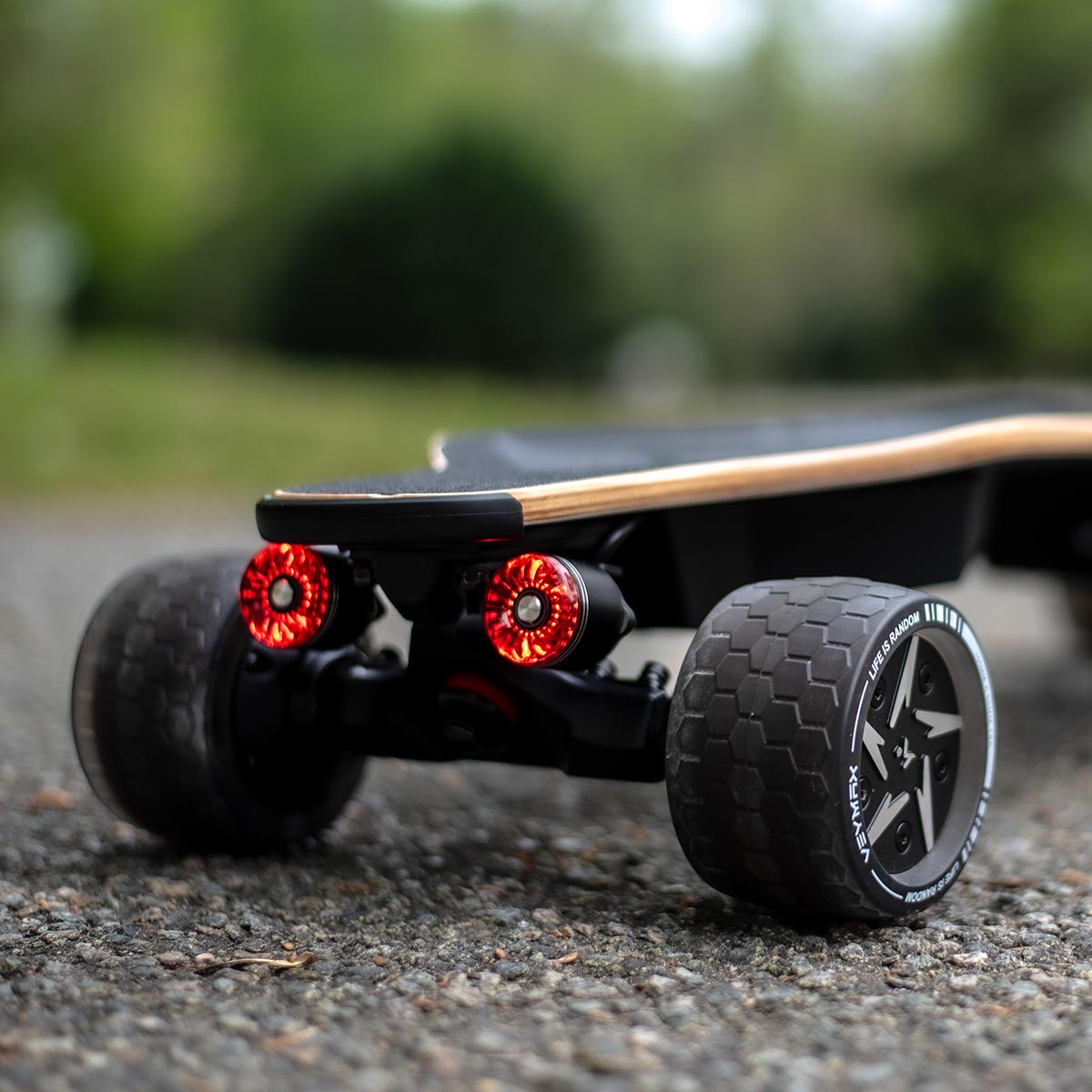
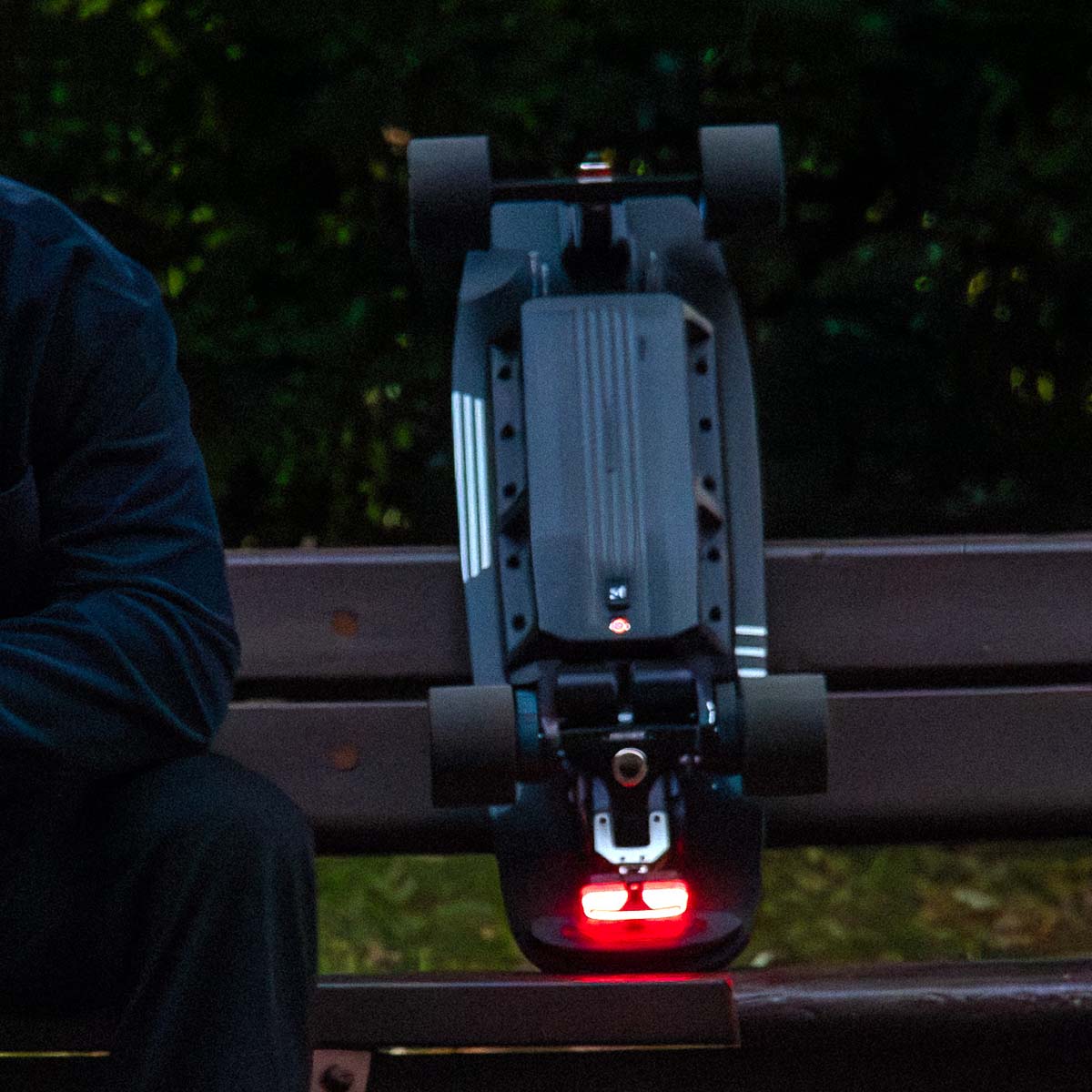
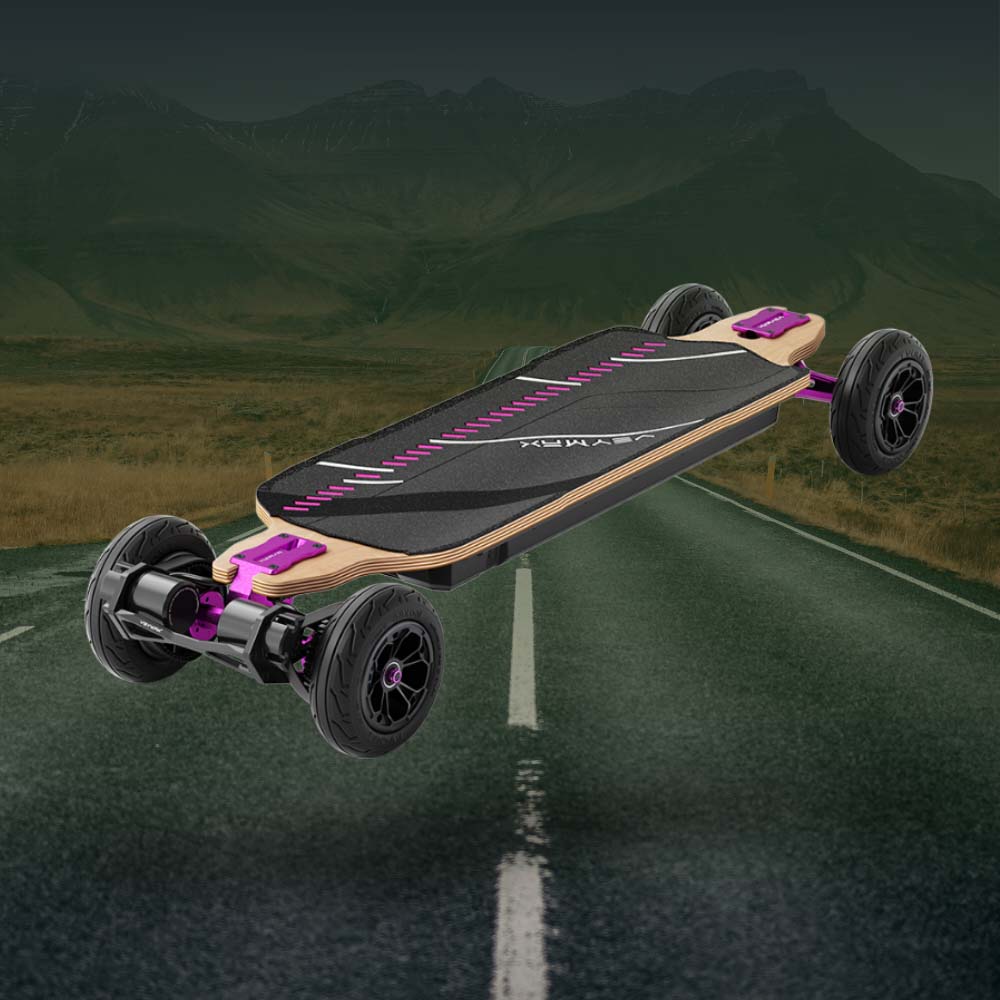
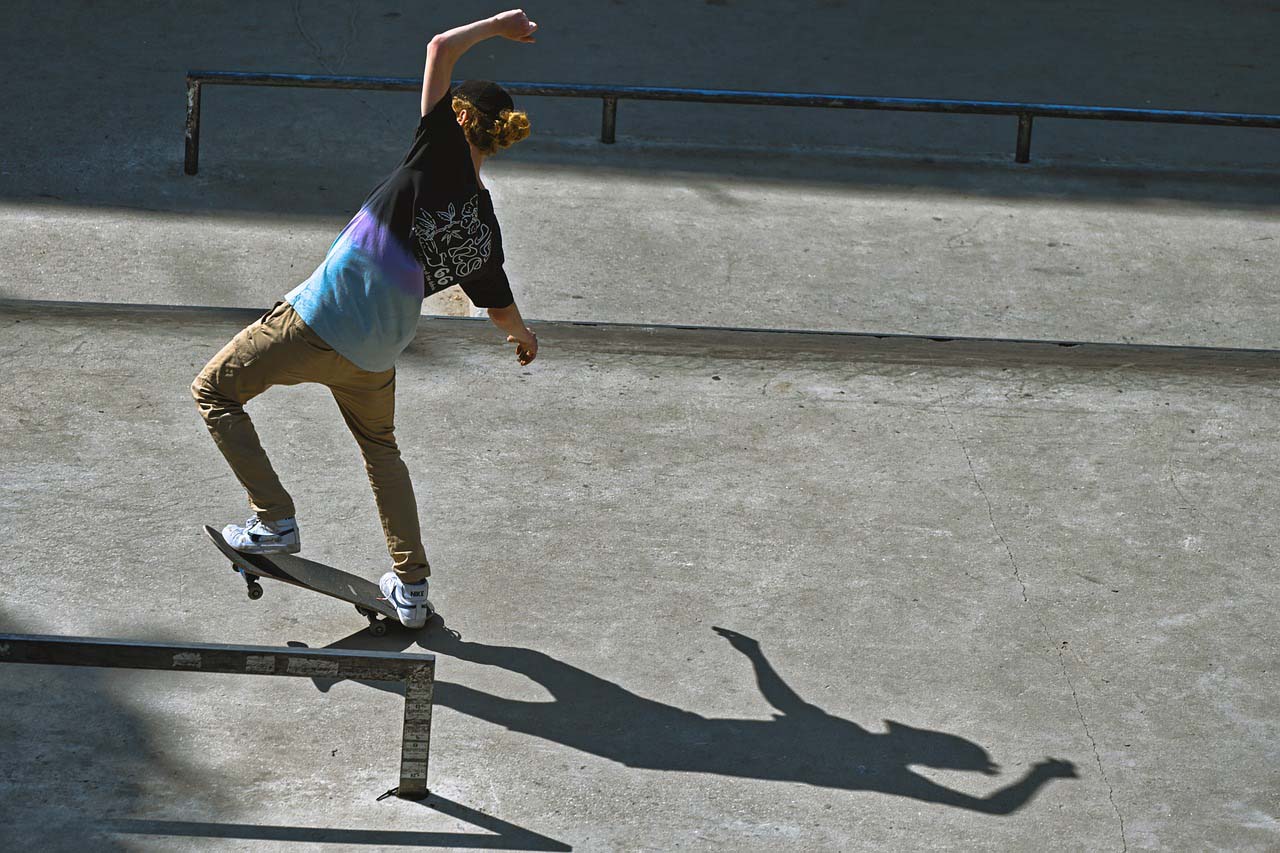
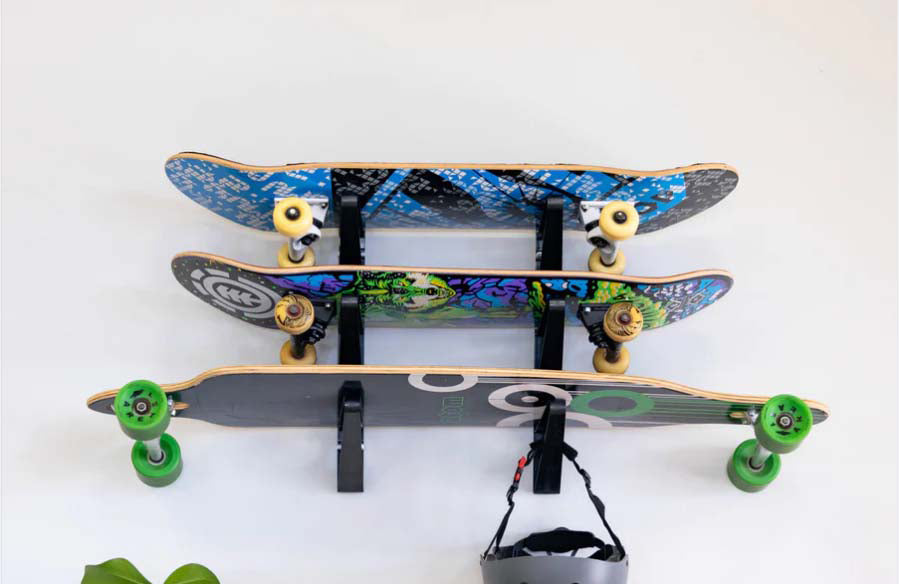
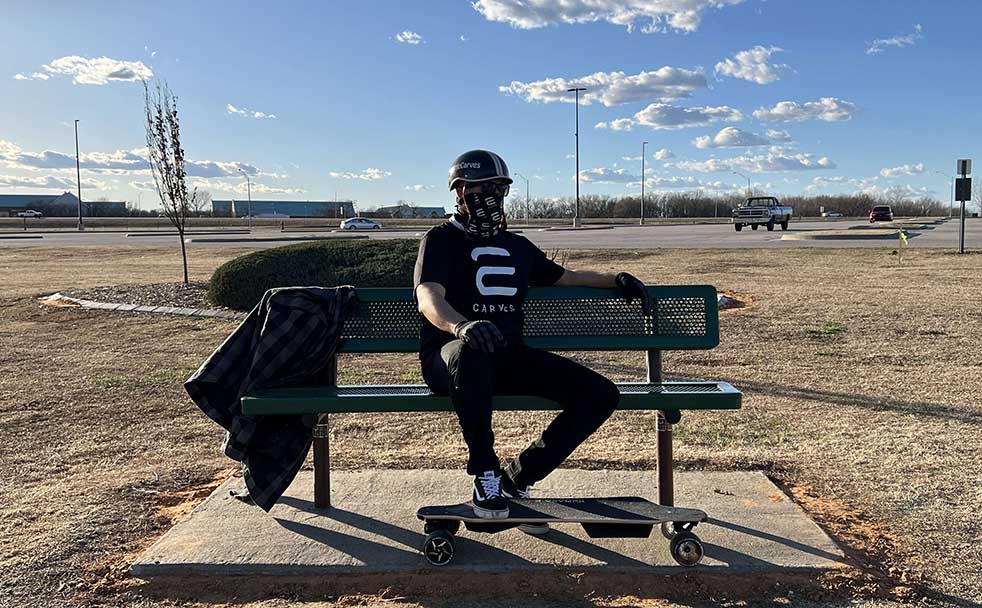
Leave a comment
This site is protected by hCaptcha and the hCaptcha Privacy Policy and Terms of Service apply.